
Sentimentalism in Painting: Heartfelt Emotions and Sensitive Subjects
Sentimentalism is a style in painting that contrasted the cold classicism with the warmth of natural human emotions. The name of the style itself comes from the French word "sentiment," meaning "feeling." Sentimentalism in painting was part of a broader cultural trend during the 1720s to 1780s, encompassing literature, theater, and various branches of the arts (in Russia, in contrast to Europe, sentimentalism emerged a bit later and dominated in the late 18th to early 19th centuries). Sentimentalists proclaimed the supremacy of emotions over reason and celebrated the sweet joys of human existence and "sensitive themes" that touched the soul. Sentimentalist artists made significant contributions to the development of portraiture and landscape painting.
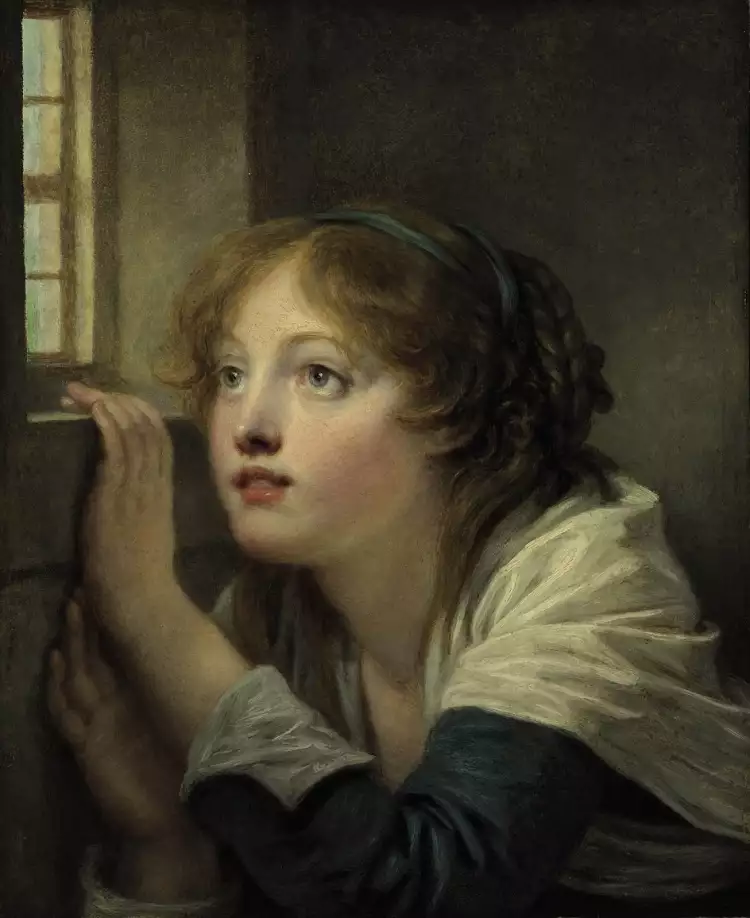 Sentimentalism. Jean-Baptiste Greuze. Young girl at the window, second half of the 18th century
Sentimentalism. Jean-Baptiste Greuze. Young girl at the window, second half of the 18th century
Sentimentalism: Style Features
So, what is sentimentalism? What distinguishes paintings created in this style? When studying the works of sentimentalists, the following characteristics of this artistic movement can be identified:
- Paintings are characterized by intimacy and lyricism. Epic stories of legendary or mythological themes do not interest the painters, and they don't create solemn, formal portraits.
- Characters in the paintings are depicted in natural settings—outdoors, at home, sometimes as guests.
- Artists strive to evoke emotional experiences and sympathy in the viewers for the characters.
- The finest works in the sentimental style convey a person's mood and reveal their soul.
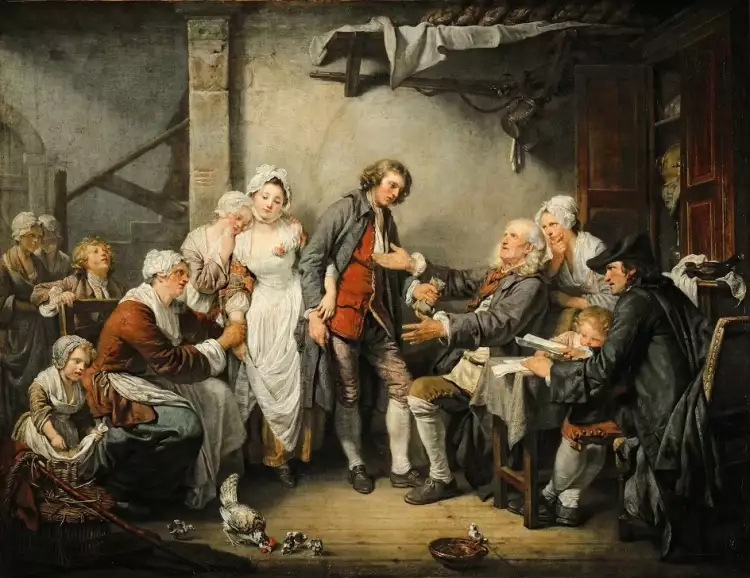 Sentimentalism. Jean-Baptiste Greuze. L'Accordée de Village, 1761
Sentimentalism. Jean-Baptiste Greuze. L'Accordée de Village, 1761
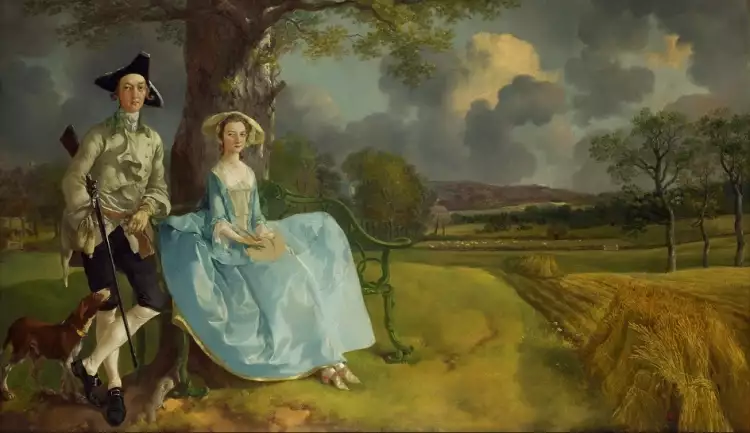 Sentimentalism. Thomas Gainsborough. Mr and Mrs Andrews, 1750
Sentimentalism. Thomas Gainsborough. Mr and Mrs Andrews, 1750
Let's name the traditional motifs and themes in sentimental art:
- Idyllic relationships between humans and nature.
- Peaceful family life and the enjoyment of family joys.
- Depictions of "poor orphans" and other suffering characters, but without deep drama.
- Images that evoke tenderness, such as children.
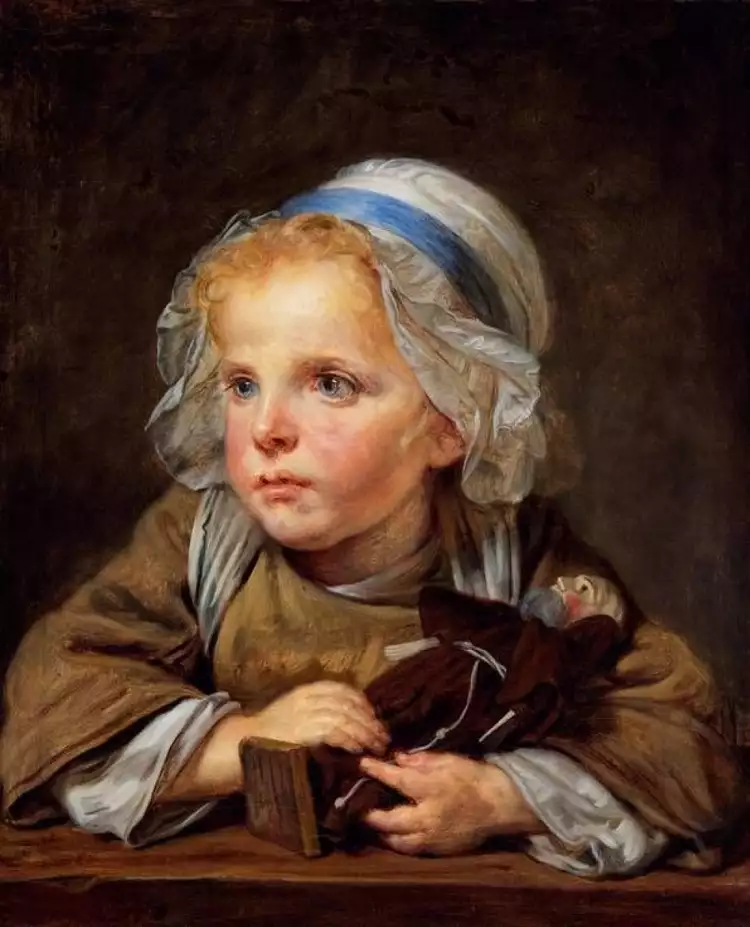 Sentimentalism. Jean-Baptiste Greuze. The Capuchin Doll, 1765
Sentimentalism. Jean-Baptiste Greuze. The Capuchin Doll, 1765
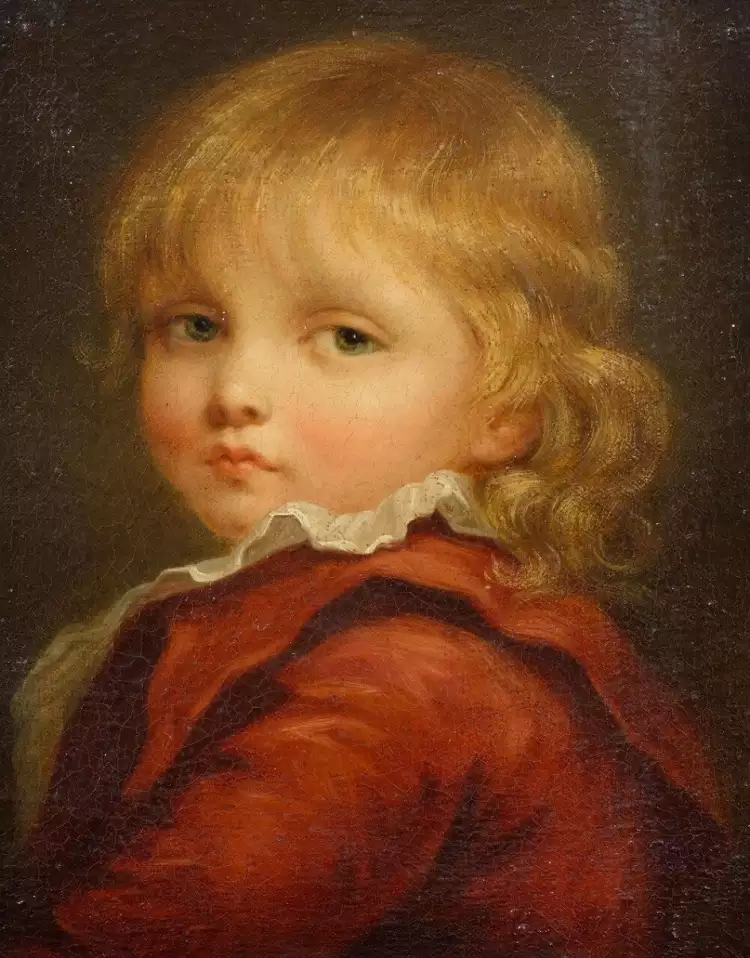 Sentimentalism. Jean-Baptiste Greuze. Portrait of a boy, 1790
Sentimentalism. Jean-Baptiste Greuze. Portrait of a boy, 1790
The History of Sentimentalism in Painting
Sentimentalism emerged in the 1720s in England and gained strength in the mid-18th century. It contributed to the development of English landscape painting and also influenced the art of watercolor.
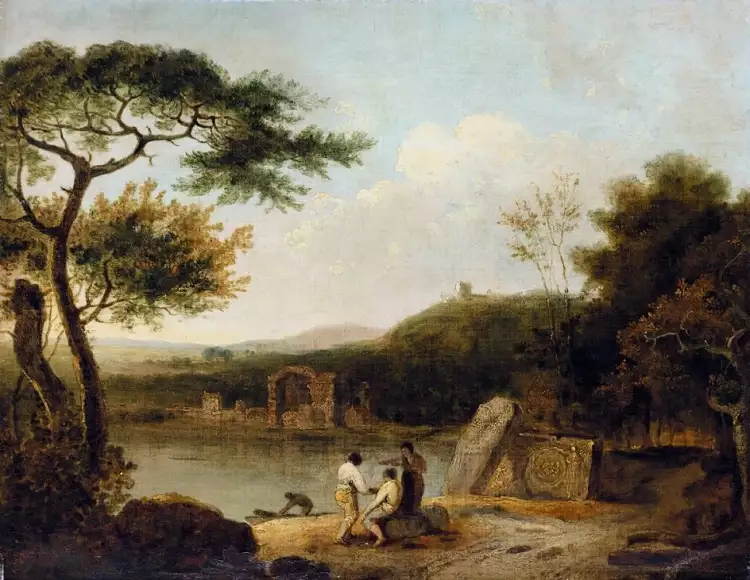 Sentimentalism. Richard Wilson. Lake Avernus, circa 1765
Sentimentalism. Richard Wilson. Lake Avernus, circa 1765
Sentimental painting from Great Britain spread to other European countries, reaching its peak of popularity in the 1760s. However, in Russia, this style arrived a bit later, towards the end of the 18th century.
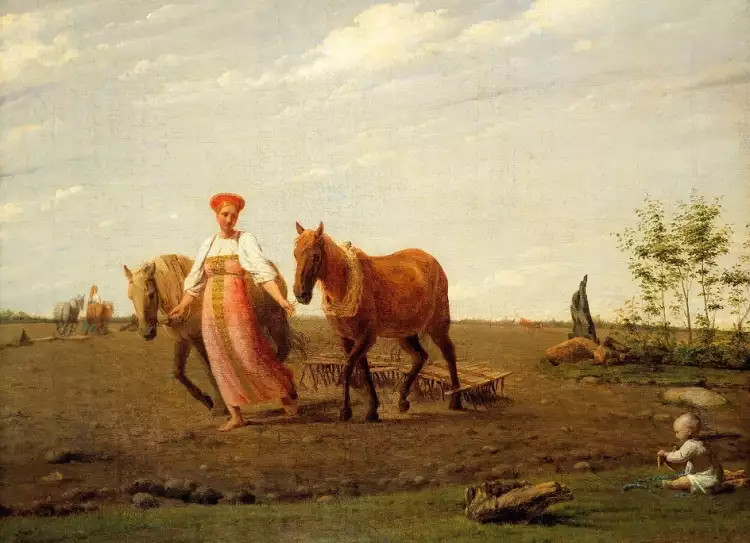 Sentimentalism. Alexey Venetsianov. In the Ploughed Field: Spring, 1820
Sentimentalism. Alexey Venetsianov. In the Ploughed Field: Spring, 1820
Sentimentalism partly resembles another intimate style that was developing during the same period - Rococo, the adherents of which also opposed classicism and celebrated idyllic joys. But Rococo was more aristocratic, playful, frivolous, and sensual. In contrast, sentimentalists, instead of erotic sensuality, emphasized heartfelt impulses, creating a calmer mood in their paintings with more natural characters. Additionally, sentimentalists sometimes incorporated didactic and moralizing elements into their works.
 Sentimentalism. Alexey Venetsianov. In the Ploughed Field: Spring, 1820
Sentimentalism. Alexey Venetsianov. In the Ploughed Field: Spring, 1820
However, there were examples of blending these styles within a single work, as seen in the works of Jean Baptiste Siméon Chardin.
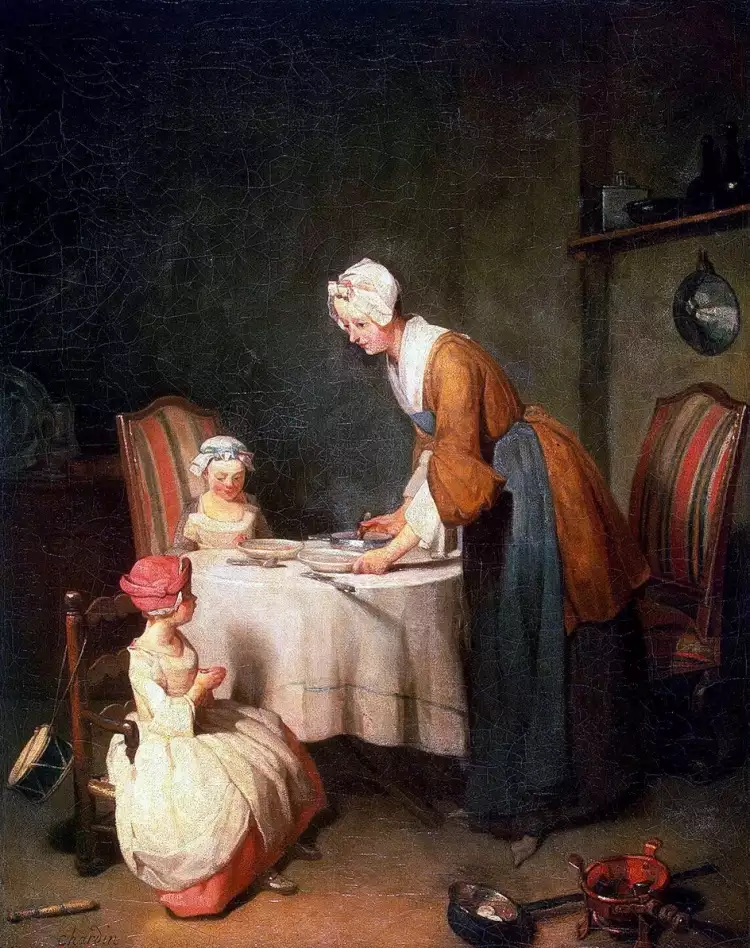 Sentimentalism. Jean Siméon Chardin. Saying Grace, 1740
Sentimentalism. Jean Siméon Chardin. Saying Grace, 1740
Often, sentimentalism was combined with classicism or romanticism, and sometimes it was woven into a symphony of multiple styles.
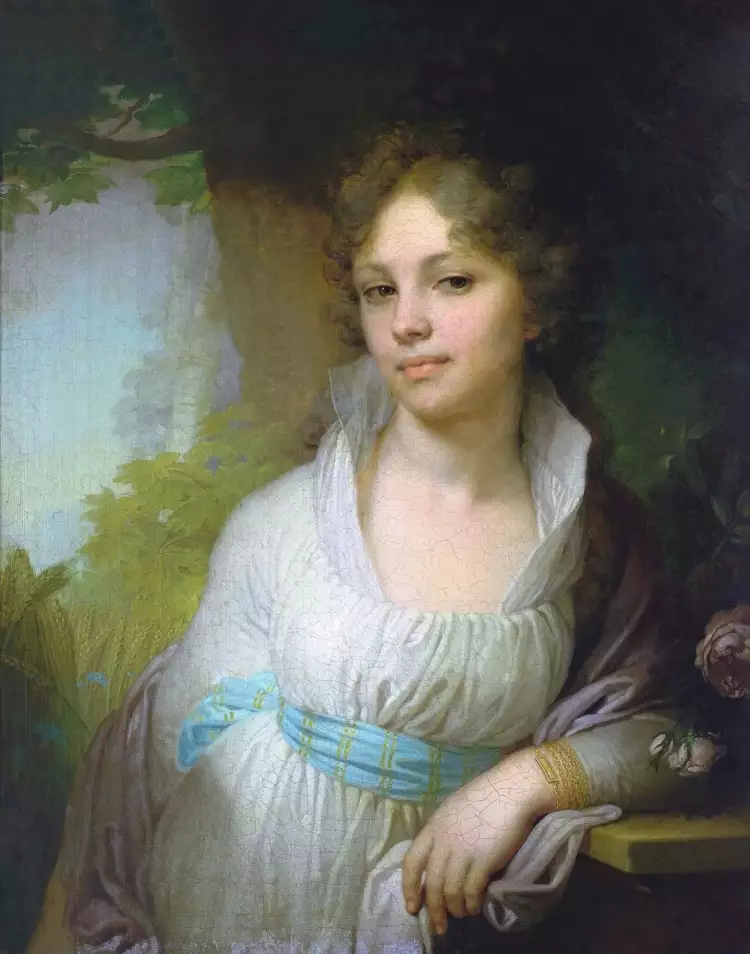 Sentimentalism. Vladimir Borovikovsky. Portrait of Maria Lopukhina, 1797
Sentimentalism. Vladimir Borovikovsky. Portrait of Maria Lopukhina, 1797
The decline of sentimental art came in the 1780s (in Russia, in the early 19th century), although some artists continued to work in this style later, such as Louis-Léopold Boilly. Sentimentalist painters were criticized for excessive sweetness, emotional manipulation of the viewer, for the characters' exaggerated emotions, and for extracting tears from the simplest painting techniques.
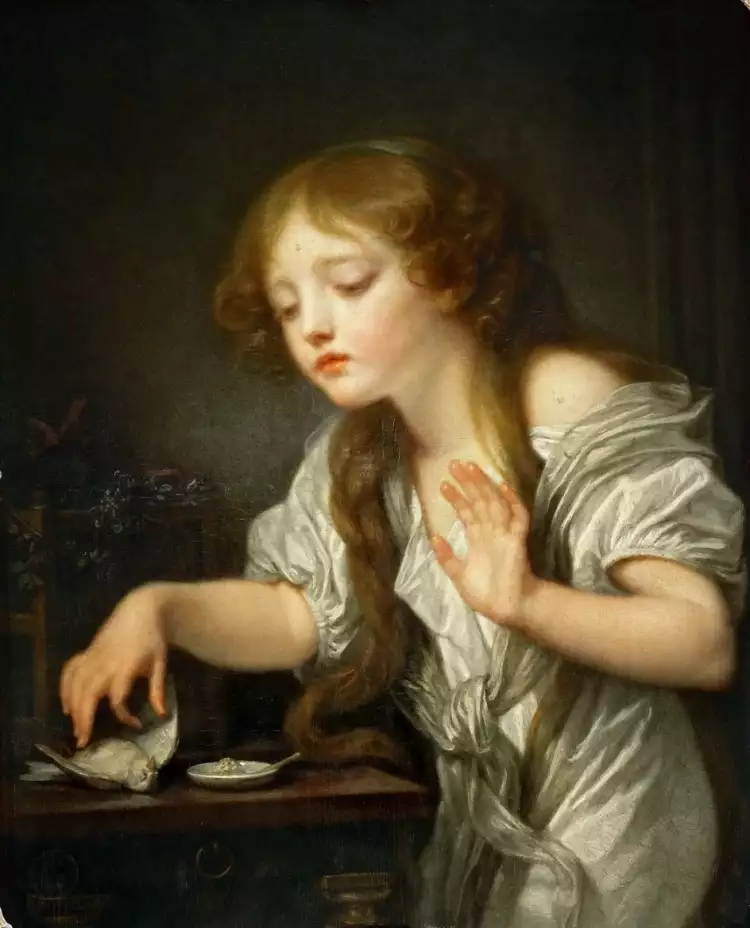 Sentimentalism. Jean-Baptiste Greuze. The dead bird, 1800
Sentimentalism. Jean-Baptiste Greuze. The dead bird, 1800
Nonetheless, sentimental artists made a significant contribution to the development of painting. Sentimentalism, by delving into the human soul and emotions, served as a precursor to Romanticism, where psychological motifs became even deeper.
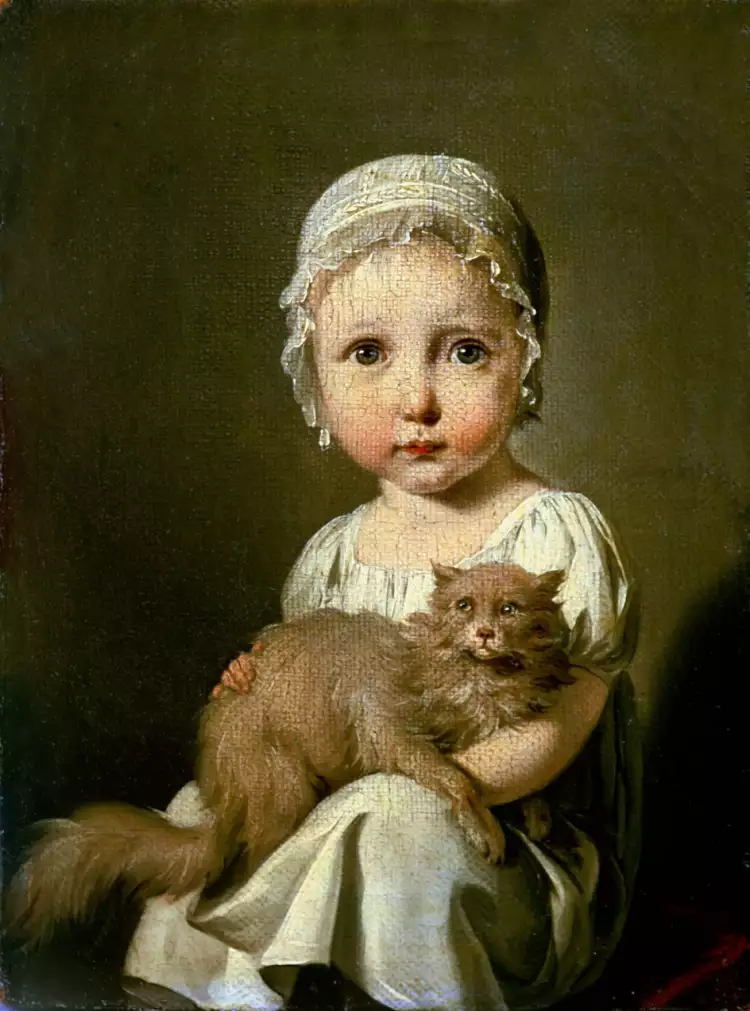 Sentimentalism. Louis-Léopold Boilly. Gabrielle Arnault, 1815
Sentimentalism. Louis-Léopold Boilly. Gabrielle Arnault, 1815
Famous Sentimentalist Artists
Renowned sentimental artists were found in England, France, Germany, and Russia. In this style, the following artists made significant contributions:
- English landscape painters Richard Wilson and Thomas Gainsborough, along with their German counterpart Jakob Philipp Hackert.
- Jean-Baptiste Siméon Chardin, the singer of "quiet life," who skillfully blended sentimentalism with Rococo.
- Another French genre and portrait artist, Jean-Baptiste Greuze, known for his distinctly sentimental works (he is often cited as an exemplary sentimentalist).
- Louis-Léopold Boilly, a painter whose works were described as charming and delicate.
- Master of Russian pastorals, Alexey Gavrilovich Venetsianov (Russian: Алексей Гаврилович Венецианов).
- The famous portraitist Vladimir Lukich Borovikovsky (Russian: Владимир Лукич Боровиковский), whose works combine classicism and sentimentalism.
- Nikolai Ivanovich Argunov (Russian: Николай Иванович Аргунов), known for his intimate portraits with a touch of sentiment.
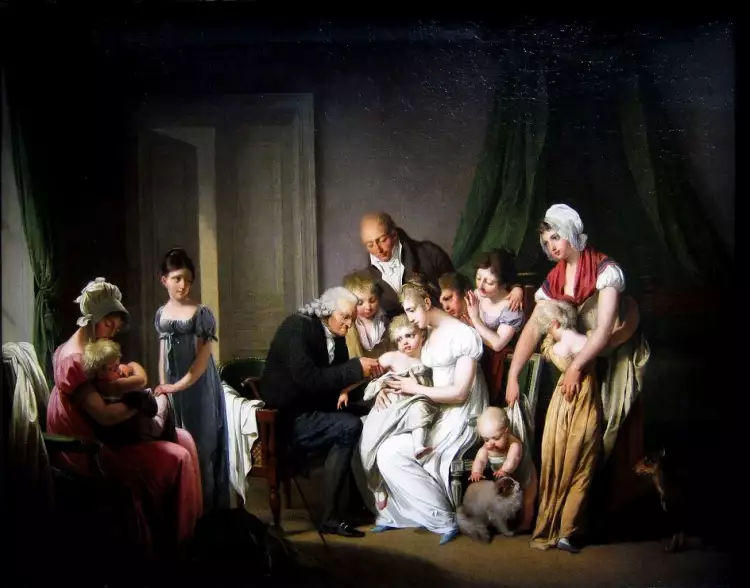 Sentimentalism. Louis-Léopold Boilly. Inoculation contre la variole à Paris, 1807
Sentimentalism. Louis-Léopold Boilly. Inoculation contre la variole à Paris, 1807
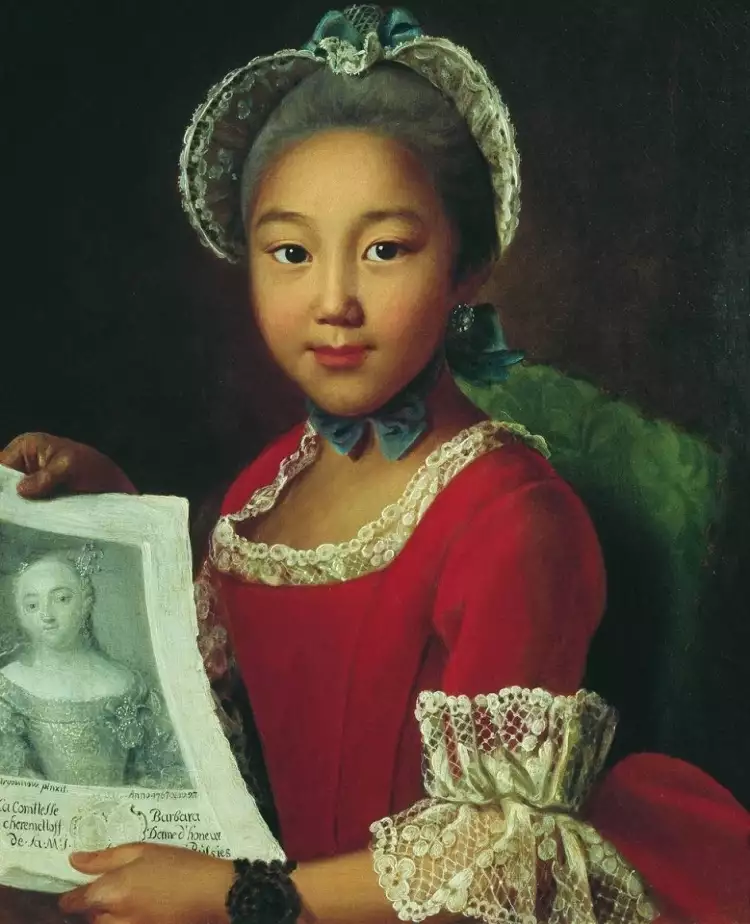 Sentimentalism. Ivan Argunov. Portrait of Kalmyk girl Annushka, 1767
Sentimentalism. Ivan Argunov. Portrait of Kalmyk girl Annushka, 1767
The works of these sentimental masters often appear at auctions, allowing collectors to expand their art collections. Additionally, contemporary artists who create in an emotional style can be purchased on the Very Important Lot website. On this platform, modern art enthusiasts have a unique opportunity to connect with the artist and acquire a painting at an affordable price, perhaps for their interior or as a gift for a connoisseur of exclusive items.
 Armand was a brilliant French artist who timely abandoned his career as a painter to later become a globally renowned sculptor
Armand was a brilliant French artist who timely abandoned his career as a painter to later become a globally renowned sculptor 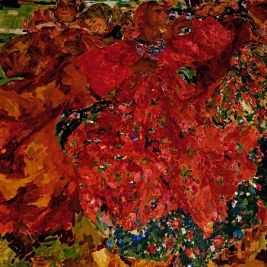 The painting " The Whirlwind" by Filipp Andreevich Malyavin is an inspiring hymn to the beauty and strength of character of Russian peasant women
The painting " The Whirlwind" by Filipp Andreevich Malyavin is an inspiring hymn to the beauty and strength of character of Russian peasant women  The Military Order of Maria Theresa is the most important officer's award in Austria
The Military Order of Maria Theresa is the most important officer's award in Austria  Silver of Great Britain - History, Styles, and Hallmarks
Silver of Great Britain - History, Styles, and Hallmarks 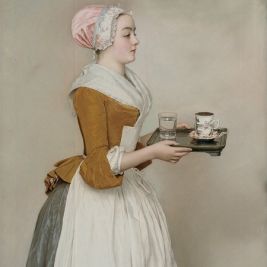 Pastel - a technique with unique possibilities in painting and graphics: types, history, artists
Pastel - a technique with unique possibilities in painting and graphics: types, history, artists 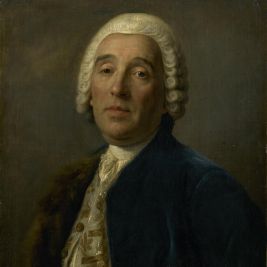 Bartolomeo Francesco Rastrelli was a brilliant Italian architect who became the greatest master of Russian architectural art of all times
Bartolomeo Francesco Rastrelli was a brilliant Italian architect who became the greatest master of Russian architectural art of all times 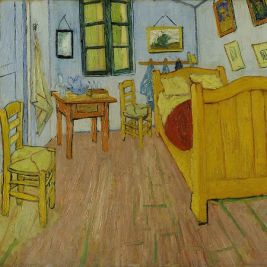 The paintings "Bedroom in Arles" by Vincent van Gogh are iconic works of a brilliant master
The paintings "Bedroom in Arles" by Vincent van Gogh are iconic works of a brilliant master  Luxury Cars at Monterey Auctions: A Showcase of Iconic Vehicles
Luxury Cars at Monterey Auctions: A Showcase of Iconic Vehicles 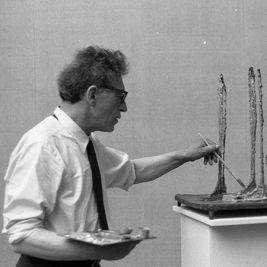 Alberto Giacometti was a great sculptor of the 20th century who relentlessly shattered the stereotypes of art in search of creative self-expression
Alberto Giacometti was a great sculptor of the 20th century who relentlessly shattered the stereotypes of art in search of creative self-expression  Salvador Dali - a brilliant surrealist artist
Salvador Dali - a brilliant surrealist artist